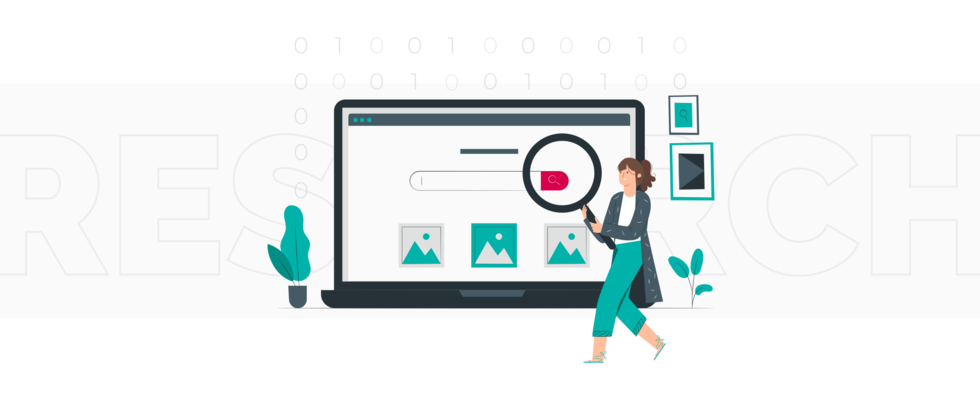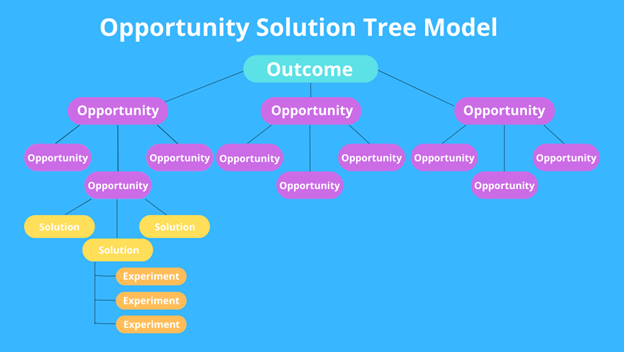Attractive websites used to be the goal, but now they’re the standard. Succeeding in a crowded market is about more than visual appeal – you have to offer an exceptional user experience that increases user engagement, maximizes conversions, and leaves users feeling seen and valued.
Data-driven UX design harnesses the power of your data to deliver the experience your customers want.
What Used to Work
For a long time, websites were designed to be visually appealing, packed with animations, high-resolution videos, and impressive graphics. While these were attractive, without usability, they lost their luster for visitors.
Focusing on form over function is an outdated approach. The most beautiful aesthetics don’t necessarily mean a positive experience, and ultimately, that’s what brings visitors in and keeps them coming back for more.
What Is Necessary Now
The modern shift in UX design has put the focus squarely on user experience and conversions. Aesthetics matter, but they’re secondary to a functional site that gives users what they want.
Aside from best practices, this is a critical aspect of E.A.T. – expertise, authoritativeness, and trustworthiness. Websites need to be designed to ensure that users trust the content, look for more information, and feel secure browsing the website. This requires a holistic approach to website design that optimizes the user experience while continuing to validate design decisions based on testing and analytics.
Another important part of UX is speed and efficiency. Users want intuitive interfaces and fast load times to get to the information they want. If they don’t have that experience, they’re left frustrated and with a negative impression of your brand. All of your design choices need to focus on a seamless, positive experience.
Mobile friendliness is also important for UX design. People are browsing the web on mobile devices more than desktop, so every site needs to be designed with mobile friendliness in mind. This includes responsive design that will function the same on any device, giving users a consistent experience from desktop to tablet to smartphone.
Why Data-Driven UX Design Is Important
Online behaviors are constantly evolving. Audiences have lower attention spans than ever, creating challenges to capture and hold their attention with engaging experiences.
Brands also need to stand out in crowded markets with everyone vying for the same audience. It can be challenging to stand out, but a positive, unique experience drives engagement and encourages word-of-mouth, which can set you apart.
What Data Is Important?
Data-driven UX design has several key metrics that should be considered in making decisions:
Tracking User Decisions
Tracking user decisions offers a jumping-off point to understand what users are doing when they interact with your site or app. If you understand the process they go through, you can improve the user experience.
The metrics to track include:
- Click-through rates (CTR): Tracks how many people click through to a landing page or how many interactions they have with your product.
- Traffic and views: Shows how many users visit a site or app.
- Bounce rate: Tracks user retention and shows how long users interact before leaving a page or site.
- Time on page: Helps you understand how long users stay on a page and engage with content.
Understanding Behind the Scenes of User Decisions
It’s not enough to know the metrics – you have to interpret them correctly and understand why users are behaving the way they do. You can gather qualitative insights using:
- Testimonials: These provide valuable insights into how your site or app is performing and what users would like to see improved.
- Interviews: In-depth interviews help you better understand the “why” behind user behavior and how you can tailor your product to offer a better experience.
- Surveys: With surveys, you can get critical insights about the user experience across a large sample group of users.
- Support questions: Reviewing support questions offers insights into pain points and barriers users encounter when they interact with your site or app.
Top 5 Benefits of Data-Driven UX Design
Data-driven UX design improves the experience for your visitors, but it also offers benefits for you.
1. Deeper Knowledge of Users
Before you can improve your UX, you have to know your weak points. A UX audit is an important objective tool to review your website’s UX, including the design, functionality, accessibility, and performance.
2. Identify User Trends
Data-driven UX design identifies patterns in behavior, including user trends that you can capitalize on. When you analyze your historical data, you can see what features you should add or improve to continuously meet your users’ needs.
3. The Opportunity to Offer What Users Need, Not What You Want
You may have ideas for how you want your website or app to be, but it’s crucial to put your assumptions and desires aside to serve the user, not yourself. Design ops is a key part of checking your bias and understanding what users really are, not what you think they need.
4. Elevated Brand Perception
Despite the focus on the user, UX design isn’t just about that. Effective data-driven UX design can improve brand perception by showing that you’re committed to providing the best possible experience for your visitors.
5. Keep the Data Coming and Develop Your Next Offer
Effective design isn’t a box you can check off. It takes ongoing work to stay on top of your design, continue collecting data, and make regular adjustments to improve. But once you have a data-driven UX process in place, you have the foundation to continue to grow.
How to Get Started with Data-Driven UX Design
This may seem daunting, but getting started with data-driven UX design isn’t as complicated as it seems. Here’s how you can take the first step:
Collect Your Data from Existing Channels
Don’t make any changes before doing the research to understand your areas for improvement and current conditions. Here are some ways to gather data:
- Functionality testing: This shows you how users perceive and interact with your site or app to “put yourself in their shoes” and identify potential improvements.
- A/B testing: Also known as a split test, A/B testing is a helpful tool to compare two alternate versions of one feature – leaving everything else consistent – to isolate them and see which performs better.
- Heat maps and behavior flows: Once you have data, you can use heat maps and behavior flows to visualize user behaviors and see their entire journey, as well as any hangups they encounter along the way.
- Market research: Understanding your user demographics, motivations, and behaviors helps you develop a tailored solution that meets or exceeds their expectations.
Implement Whatever the Data Shows You
One of the biggest myths in data-driven UX design is that it’s focused on aesthetics. But at its core, data-driven UX design is about understanding the user needs and implementing changes according to the data. You’re relying on clear behavioral patterns, rather than your own assumptions or desires.
Now, Do It Again
Taking the first step with data-driven UX design is just that – the first step. You can’t sit back. You have to continue gathering data, making improvements, and testing your results to ensure you’re delivering for your users and elevating your brand.
Tools to Enhance or Automate Data Collection
There are several tools that you can use to support your data collection and analysis. Here are some of the best on the market:
- Google Analytics: A widely used web analytics tool that tracks and analyzes traffic, user behavior, and other key metrics.
- Attention Wizard: A tool that simulates eye-tracking studies and predicts where users focus their attention to optimize the visual hierarchy.
- Qualaroo: A user feedback and survey tool that offers insights about visitors through feedback forms and targeted surveys.
- Unbounce: A landing page tool that offers A/B testing capabilities to optimize landing pages for better conversion rates.
- Loop11: A usability testing tool that offers remote usability testing on websites and prototypes to gather data on user interactions, navigation issues, and user satisfaction.
Conclusion
You may want a pretty website, but it’s more important to have substance and usability over aesthetics. Data-driven UX design is a powerful method of optimizing the user experience, standing out from other brands, and building user loyalty.
![]() Give feedback about this article
Give feedback about this article
Were sorry to hear about that, give us a chance to improve.








